In January, the United States Federal Reserve Board of Governors released a discussion paper on a potential U.S. central bank digital currency (CBDC) titled “Money and Payments: The U.S. Dollar in the Age of Digital Transformation.” The comment period for the paper ended May 20, with the Fed receiving over 2,000 pages of comments from individuals alongside responses from leading stakeholders.
Cointelegraph read a selection of shareholder responses to the Fed paper, and it quickly became apparent that there are plenty of confidently stated opinions but little agreement among them. The main points of commonality are in the places they are all perplexed.
The Fed wants to know
Appropriately for its purpose, the Fed paper provides a broad overview of central bank digital currencies and CBDC-adjacent topics without great depth. The discussion begins with the results of previous analyses that determined a U.S. CBDC would have the best results if it is privacy-protected, intermediated, widely transferable and identity-verified. It goes on to consider the potential uses, benefits and risks of a U.S. CBDC. Stablecoins and cryptocurrency are mentioned briefly, and 22 questions are offered for discussion.
The paper also looks at current developments in electronic money. On the wholesale side, the FedNow Service is expected to enable real-time, around-the-clock interbank payments beginning in 2023. Meanwhile, the private Bank On initiative and other programs strive to increase financial inclusion by promoting low-cost banking services to those who are unbanked and underserved.
Shadings of neutrality
One thing in short supply in the stakeholder comments Cointelegraph examined is neutrality. The response from the Institute of International Finance is an exception in this regard.
The IIF is a global financial industry association with more than 450 members from over 70 countries. Its membership includes commercial and investment banks, asset managers, insurance companies, sovereign wealth funds, hedge funds, central banks and development banks.
The IIF answered all of the 22 questions suggested by the Fed while remaining agnostic on the merits of creating a U.S. CBDC.
“A decision like this merits serious thought, so the IIF wanted to be quite constructive in its submission to support the Fed’s ability to evaluate the pros and cons,” Jessica Renier, the IIF’s managing director of digital finance, told Cointelegraph.
The IIF response is not unopinionated. It lists 12 policy considerations the authors feel need to be addressed before a CBDC can be launched, including environmental issues, which went unmentioned by the Fed. It offers practical suggestions on validators and other technical issues and takes pains to emphasize the need for input from the private sector for a retail CBDC.
“The business model needs to work,” said Renier. “If the risks outweigh the incentives, you may only attract intermediaries that depend on selling user data, like tech firms. That’s not good for consumers.” She added:
“If the Fed proceeds, it needs to work closely with the banks to understand the real impact on their ability to lend, and to test the actual operation of a potential CBDC.”
The Securities Industry and Financial Markets Association represents securities broker-dealers, investment banks and asset managers, advocating for effective, resilient capital markets.
Recent: The business of a Bitcoin standard: Profit, people and passion for good food
Its lengthy, detailed response does not take a position on the desirability of introducing a CBDC but concentrates on settlement and payments between financial institutions, noting that “U.S. capital markets fund 73 percent of all economic activity, in terms of equity and debt financing of nonfinancial corporations.”
Programmability and interoperability are key concerns for SIFMA, with it stating that “Many of the benefits […] often associated with wCBDCs [wholesale CBDCs] are not dependent on wCBDCs; they could be developed using other payment infrastructure such as stablecoins or settlement tokens using DLT infrastructure.”
“Let me do it”
Some commenters stated their positions more explicitly. The Credit Union National Association responded to the Fed paper with a letter. CUNA has taken a stance against a U.S. CBDC in other places, and while its wording is diplomatic in its response, its skepticism is evident. “Given that the vast majority of US payments are already being conducted through digital channels, the Fed must clearly state what problem(s) it is trying to solve,” the letter states.
More to the point, a CBDC represents potential competition with credit unions for deposits. “If credit unions lose access to substantial deposits and must invest significant funding in new technology and the development of CBDC wallets, the benefits they are able to deliver to their members will inevitably suffer.”
The creation of a CBDC would inevitably lead to the movement of funds from banks to the Fed, states the American Banking Association in its comments, estimating that 71% of bank funding could be at risk of moving. Furthermore:
“The introduction of a CBDC would risk undermining the important role banks play in financial intermediation.”
That is just the beginning of a litany of potential misfortunes. A CBDC would exacerbate a stress event and likely impede the transmission of monetary policy, the ABA comments say. “As we have evaluated the likely impacts of issuing a CBDC it has become clear that the purported benefits of a CBDC are uncertain and unlikely to be realized, while the costs are real and acute,” the ABA concludes. It goes on to suggest that stablecoins would be a better option.
The Banking Policy Institute commented similarly: “To the extent a CBDC could produce one or more benefits, those benefits likely could be achieved through less harmful means.”
Circle Internet Financial, the issuer of the USD Coin (USDC) stablecoin, also argues for the superiority of stablecoins over CBDCs in its response to the Fed paper, unsurprisingly.

“A host of companies, including Circle, have leveraged blockchain technology to support trillions of dollars of economic activity with fiat-referenced stablecoins,” the response reads. “The introduction of a CBDC by the Federal Reserve could have a chilling effect on new innovations that could otherwise make the U.S. economy and financial sector more competitive both domestically and abroad.”
Circle engaged with select questions suggested by the Fed, concentrating on comparing CBDCs and stablecoins.
On the other end of the spectrum, there is ample enthusiasm for a U.S. CBDC in enterprise blockchain company nChain’s response, which the company provided to Cointelegraph. The authors write:
“Although some of CBDC’s potential benefits could be delivered by the private sector (albeit with credit and liquidity risk), there are social, speed, and geopolitical advantages of reasonable government involvement.”
London-based nChain sees advantages in decoupling large sections of the digital payment system from the “more fragile credit and banking system” and sees CBDCs as an opportunity to liberate consumers from “free” financial services that, in reality, feature a “pay with privacy” business model. Furthermore, nChain is convinced that a U.S. CBDC could improve financial inclusion. “If you would like to discuss further, please contact us and we would be honoured to provide further assistance,” the authors write.
Privacy concerns run deep
A few issues stand out as sore points throughout the responses. Several doubt the ability of a U.S. CBDC to expand financial inclusion, noting that many of those who are unbanked are unbanked by choice. Questions about paying interest on a U.S. CBDC and imposing limits on the amount that could be held, both of which are potential instruments of monetary policy, are treated with particular uncertainty. nChain is the exception to this generality, arguing against both on the basis that physical money is not subject to those restrictions.
Privacy stands out as the most significant concern, however. Privacy issues are mentioned repeatedly in the responses and even elicited responses from specialized organizations.
The Electronic Privacy Information Center is a public interest research center in Washington, DC that focuses on privacy, including consumer privacy. EPIC is agnostic on issuing a CBDC but recommends in its response that if it does happen, the Fed should adopt a token-based digital currency that does not rely on distributed ledger technology and its permanent recordkeeping. It argues that a Fed-issued intermediated token could be designed to protect privacy while still allowing for Anti-Money Laundering and Counter-Terrorist Financing controls.
“The digital payment space today is a privacy nightmare,” EPIC law fellow Jake Wiener, co-author of the center’s comments, told Cointelegraph. “A CBDC will only improve privacy if paired with strong regulations to ensure that the current payment services industry is not duplicated through exploitative digital wallets and point-of-sale systems. The technology alone is not enough.”
Recent: Struggle for Web3’s soul: The future of blockchain-based identity
In its letter, the center says there are several other advantages of a token. It could be incorporated into the current banking system, with improved consumer privacy and at a lower cost than DLT would provide. The Hamilton Project, a CBDC research project conducted by the Federal Reserve Bank of Boston and the Massachusetts Institute of Technology’s Digital Currency Initiative, also found a non-blockchain model that it tested to be preferable to DLT due to its much faster processing time.
EPIC’s comments extensively cite the ideas of XX Network founder David Chaum. Chaum himself told Cointelegraph, “Privacy needs to be built into CBDCs, and it only counts if it cannot be secretly removed. Of course, there are other major considerations: preventing large-scale criminal use, enfranchising the unbanked and protecting against counterfeiting. But without built-in privacy, CBDCs won’t drive economic growth the way that true electronic cash can.”
According to the American Civil Liberties Union and 11 other nongovernmental organizations that released a short letter, “Anonymity should be a paramount consideration in pursuit of a more just and safe financial system.”
 [flexi-common-toolbar] [flexi-form class=”flexi_form_style” title=”Submit to Flexi” name=”my_form” ajax=”true”][flexi-form-tag type=”post_title” class=”fl-input” title=”Title” value=”” required=”true”][flexi-form-tag type=”category” title=”Select category”][flexi-form-tag type=”tag” title=”Insert tag”][flexi-form-tag type=”article” class=”fl-textarea” title=”Description” ][flexi-form-tag type=”file” title=”Select file” required=”true”][flexi-form-tag type=”submit” name=”submit” value=”Submit Now”] [/flexi-form]
[flexi-common-toolbar] [flexi-form class=”flexi_form_style” title=”Submit to Flexi” name=”my_form” ajax=”true”][flexi-form-tag type=”post_title” class=”fl-input” title=”Title” value=”” required=”true”][flexi-form-tag type=”category” title=”Select category”][flexi-form-tag type=”tag” title=”Insert tag”][flexi-form-tag type=”article” class=”fl-textarea” title=”Description” ][flexi-form-tag type=”file” title=”Select file” required=”true”][flexi-form-tag type=”submit” name=”submit” value=”Submit Now”] [/flexi-form]
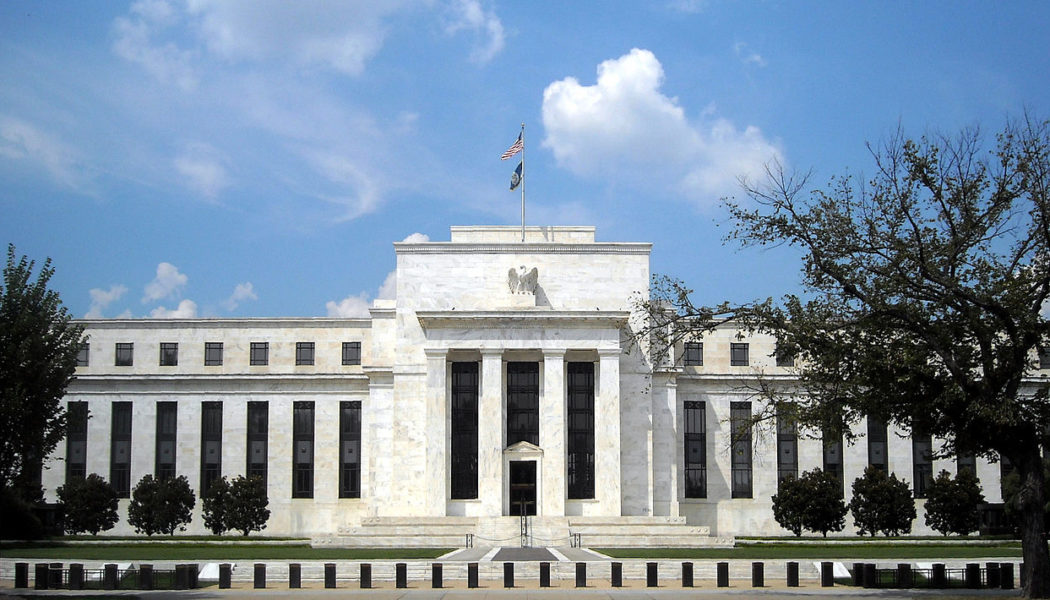


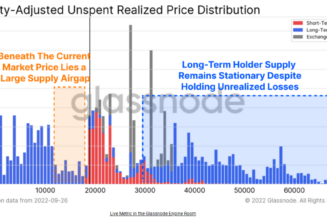
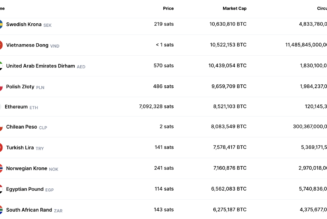
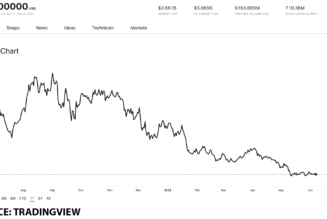


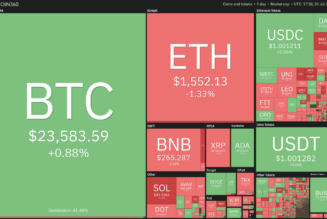

Tagged: CBDC, crypto blog, Crypto news, Federal Reserve, Privacy